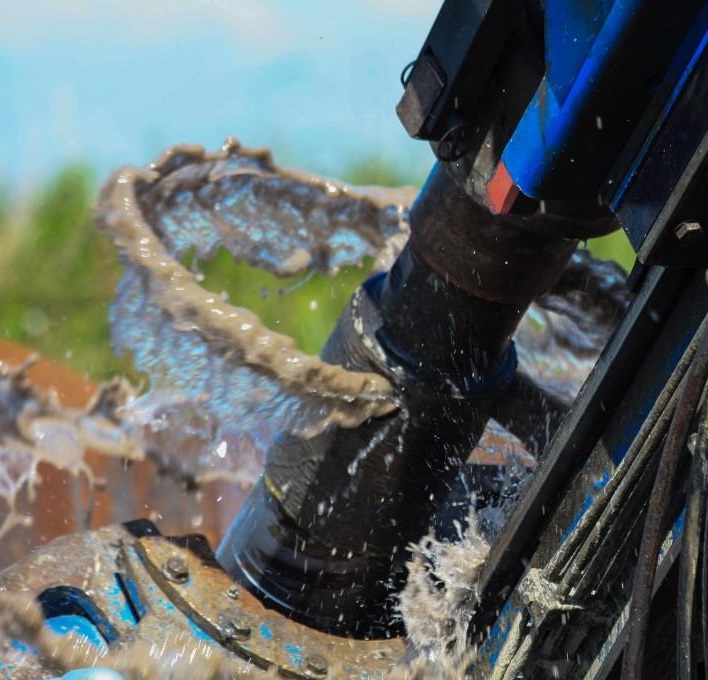-
Marconiweg 2
4131 PD Vianen - +31 85 489 01 40
- info@geobest.nl
Geotechnical engineering explained
Everything you see around you is supported by soil. When it is not supported by soil, it either floats, flies or falls down. Geotechnical engineering is the story of the engineering relationship between humans and earth. It is the science that explains the mechanics of soils and its engineering applications in relation to the development of human kind. It includes the analysis, design and construction of anything that is made of or is supported by soil, such as foundations, roadways, tunnels, landfills and levees.
In early times the practice of geotechnical engineering was applied by trial and error, observational experience and imperial experimentation. Setbacks such as the notorious leaning tower of Pisa prompted engineers to begin taking a more scientifically approach to geotechnical engineering. From the early 1700s to the early 1900s scientists such as Coulomb, Darcy, Rankine, Boussinesq, Mohr and Atterberg published fundamental theories on soil mechanics and water flow through soil. Several prominent organizations and societies were formed in the early 1900s to advance this field of civil engineering. Particular recognition is given to Karl Terzaghi who is considered to be the father of modern geotechnics with his classic book on soil mechanics published in 1925.

Soil Investigation
Most of what geotechnical engineers do is hidden below the ground surface, yet it is a very important discipline with a vast scope, as all constructions have to rest on or in the ground. Soil is a complex material which is very variable in origin, grain size, cementation, strength and behaviour. This renders the task to geotechnical engineers among the most challenging tasks in civil engineering. Geotechnical engineers use fundamental principles of soil mechanics to investigate subsurface conditions. This allows them to evaluate and design activities such as the stability of natural slopes and man-made soil deposits, shallow and deep foundations, dams, retaining walls, tunnels and many other works directly interacting with subsoil and water.
Any geotechnical engineering project is different; indeed the soil conditions on a site are likely different from any other site. As a result, the first step of any geotechnical engineering project is site investigation. The most common method for soft soil conditions in the Netherlands is a Cone Penetration Test (CPT), which is used to determine the geotechnical engineering properties. This test method is carried out in situ and consists of pushing an instrumented downfacing cone with sensors into the ground at a controlled rate. The soil responds with different degrees of resistance and friction. This data is used by geotechnical engineers to determine the soil type and the soil properties. For complex projects additional boreholes are made to collect samples in the field which can be analysed in the laboratory.
For harder subsoils, boreholes with Standard Penetration Tests (SPT) are a way of exploring the soil. The SPT consists of a hammer drop on a split spoon sampler. The number of blows to reach a penetration of 1 foot (30 cm) in the soil is measured. The SPT blow count gives an indication of the soil resistance and can be used to obtain the strength and stiffness parameters of the soil.


Rocket science
Geotechnical engineering can significantly influence the sustainability of infrastructure development, because of its early position in the construction process. Given the intensive research carried out in the field, impressive geotechnical advancements are being made on a regular basis. Most of these innovations are often hidden from the public eye, because the work is underground. The innovations are however crucial parts of a success story. They can be temporary in nature, such as deep excavation for an underground parking or a permanently embedded foundation of a bridge.
The mechanics of soils is not rocket science, it is the variety in subsoil, age, cementation, strength and anisotropic behaviour that makes it one of the most difficult of professions. It takes years of experience to gain practical knowledge and geotechnical understanding, and even then it is generally speaking impossible to design anything with a high degree of accuracy. Geotechnical design is considered 3 times less accurate in comparison to designing concrete structures, and even 10 times less accurate compared to the design of steel structures. Therefore management of geotechnical risks should always play a major role in every building project.
